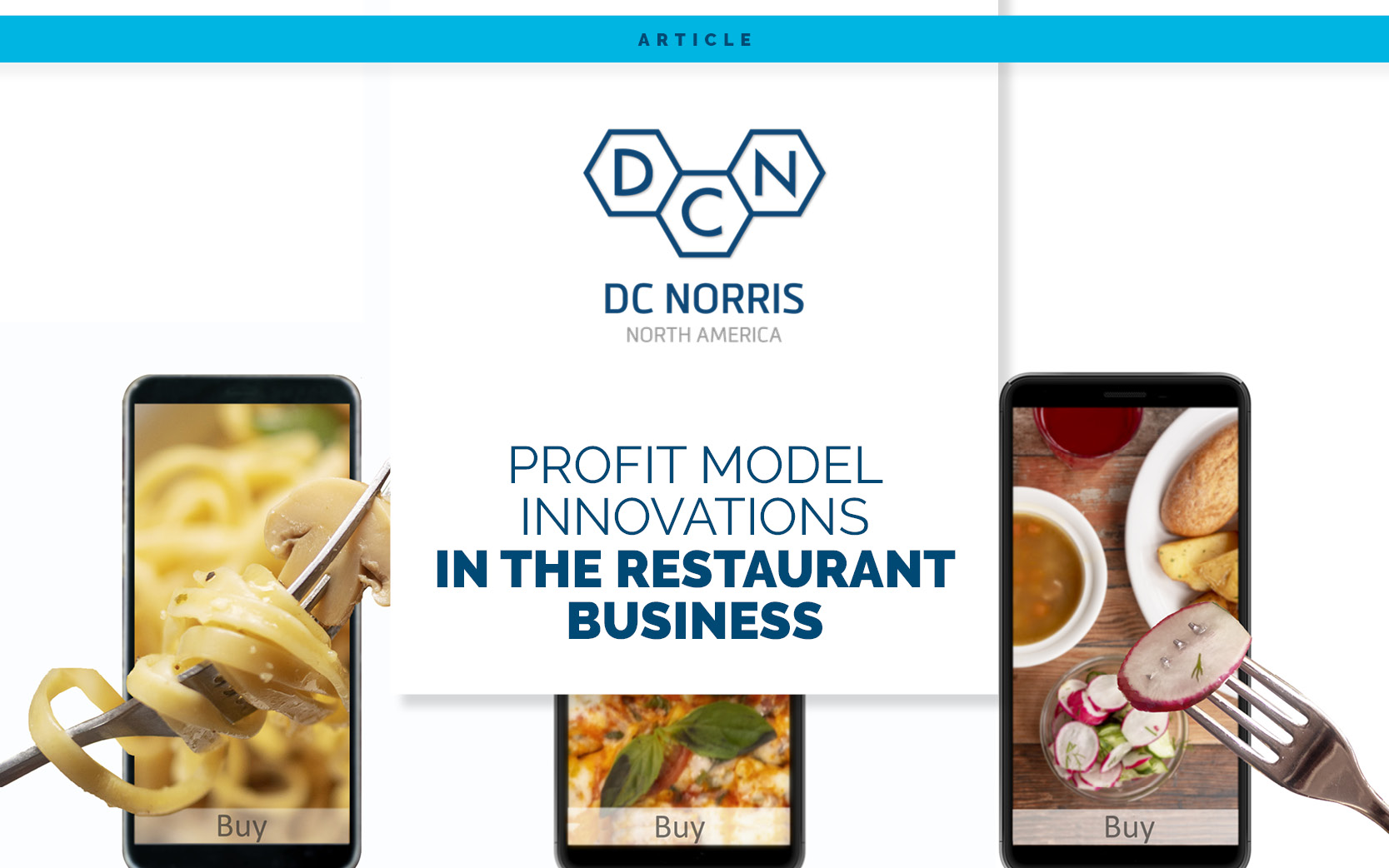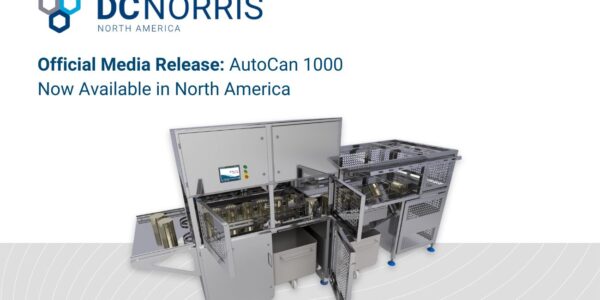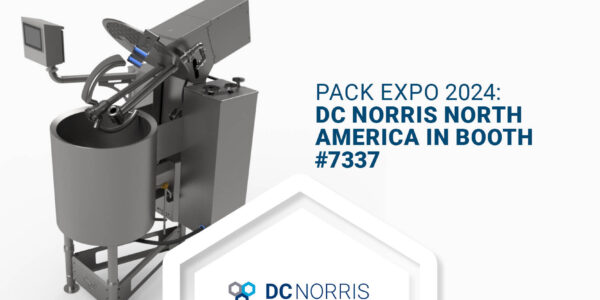Profit Model Innovations In the Restaurant Business
Ask any restaurant owner what life has been like since March 2020 and you’ll hear stories with one underlying theme – continuous adaptation. Afflicted with labor shortages, rising costs, disrupted supply chains, closures, and fluctuating capacity restrictions; the restaurant business has undergone massive shifts over the last two years. Innovation, particularly focusing on profit models, has been key to keeping afloat. There have been remarkable profit model innovations in the restaurant business and as we’ve found out, many of those innovations are here to stay.
Labor Innovations in the Restaurant Business
While recruiting and retaining employees remains a challenge in the restaurant business, there have been substantial innovations when it comes to automation and workflow optimization in both front and back of the house. The key to success in the restaurant business right now is labor efficiency. To improve this, restaurants have implemented reservation software, scheduling software and handheld POS systems to streamline the front-of-house workflow and to optimize the customer experience. Online ordering and contactless takeaway solutions are also maximizing labor efficiency while meeting customer demands for contactless payment and takeaway options.
In the kitchen, automation also reigns supreme right now helping restaurants deliver high-quality, premium-tasting food. The NSF-Certified, Model CT-1 Sous Vide Cook Tank by DC Norris North America, is one example of cooking automation being implemented by restaurants right now. The CT-1 allows for automated cooking consistency. Operators only need to add selected, vacuum-sealed products to the cook tank and set temperature and time targets through the touch-screen controls. They can then work on other tasks in the kitchen or dining room. In fact, the CT-1 can even be left to cook foods fully unattended overnight. Equipment like the CT-1 is allowing restaurants to standardize product taste and quality, creating loyal customer bases, while maximizing labor efficiency.
Supply Chain Innovations in the Restaurant Business
Labor shortages have impacted every link in the supply chain from growers to manufacturers to logistics. The uncertainty of supplies and ingredients has created a need for more efficient storage, enhanced ingredient efficiency, new sourcing partnerships. Sourcing local ingredients was simply a trend in the restaurant business before COVID. Today, it’s often a requirement in the restaurant business in order to mitigate delayed delivery times and supply gaps.
Large restaurant chains that span the country, or even the globe, have a much greater challenge when it comes to supply chain issues. Managing local sourcing at scale requires much broader supplier management, traceability and technology. Many small to midsize restaurant chains are establishing their own centralized production kitchens (a practice previously only implemented by large, national chains) where ingredients can be bulk ordered, consistently prepared, stored, and transported in a more timely manner to service locations. These centralized production kitchens also allow for innovations and brand extensions in the takeaway ready meal space for restaurants and restaurant groups. By centralizing the production of popular menu items and signature sauces, restaurants are able to offer a new experience to customers wishing to take and heat or prepare their restaurant-quality favorites from the comfort of home. This established consistent quality and maximizes labor efficiency.
Discuss Profit Model Innovation Ideas for Your Restaurant with DC Norris
Our food processing innovation experts are on-hand to help you discuss equipment that can carry your restaurant business into the future. From can opening and crushing equipment to the fully automated CT-1, whether for one dining location or a centralized production kitchen, we’ve got scalable solutions to meet the changing needs of restaurants and hospitality groups.



